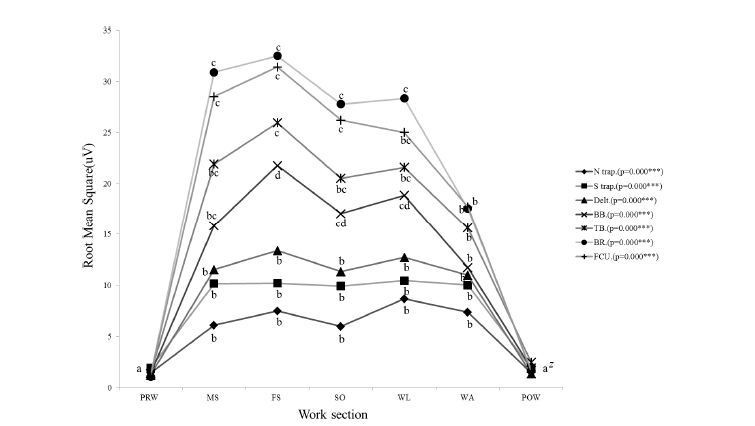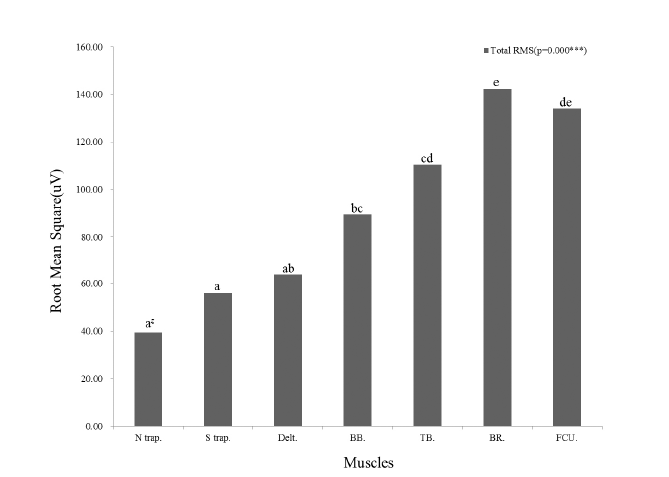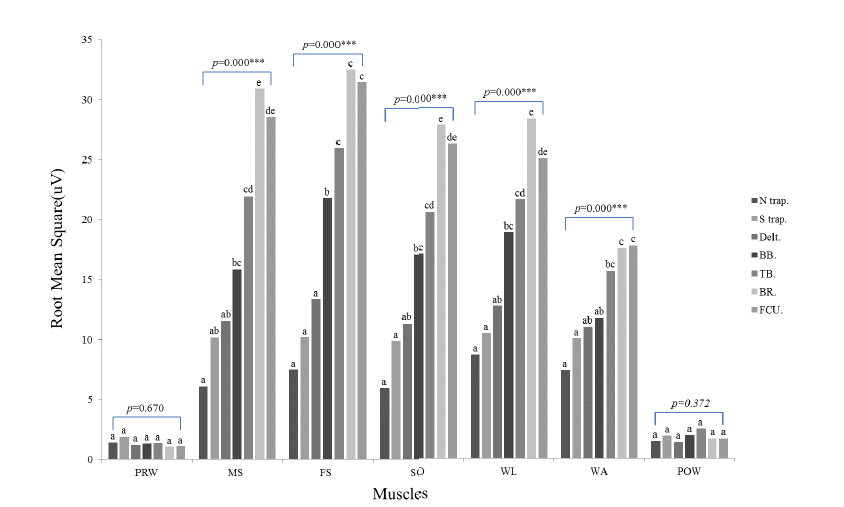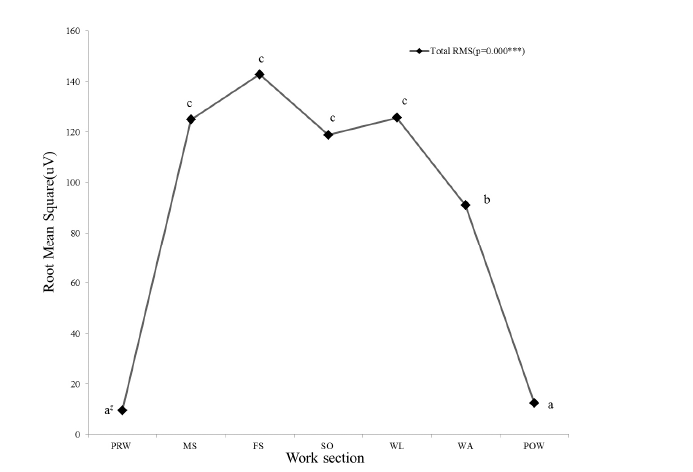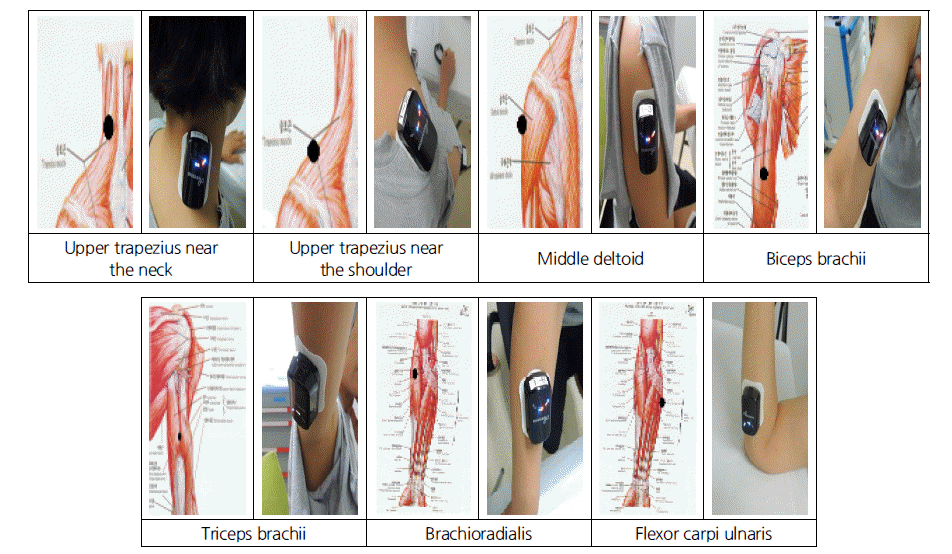Feys, HM, WJ DeWeerdt, BE Selz, GA Cox Steck, R Spichiger, LE Vereeck, KD Putman, GA Van Hoydonck. Effect of a therapeutic intervention for the hemiplegic upper limb in the acute phase after stroke : A single-blind, randomized, controlled multi center trial. Stroke. 1998. 29(4):785-792.


Go, HU, MG Kim, SI Kim, HC Kim, SH Park, YJ Woo, YR Yoon, HR Yoon, GJ Lee, SY Lee, JJ Lim, MH Jo. Digital biomedical signal processing 1997. Yau Moon Gak. Seoul, Korea:
Jang, HS, KJ Kim, EH Yoo, HH Jung. Visual preference and emotional change of user on the shape of cut-flower at public indoor space. J. Korean Soc. People Plants Environ. 2016. 19(5):427-434.

Kim, TH Analysis on electromyogram according to the ball throwing motion of bowling players. MS Thesis. 2006. Kyungnam Univ, Changwon, Korea.
Lee, AY Analysis of kinematic and kinetic characteristics of horticultural therapy activity and verification of its
rehabilitative effectiveness. PhD. Diss. 2017. Konkuk Univ, Seoul, Korea.
Lee, SM, A Kaufman, JK Suh. Analysis of pulse on three sensory stimulations of three herbal plants. J. Korean Soc. People Plants Environ. 2012. 15(4):241-247.
Lee, SS Approach to rehabilitative horticultural therapy based on motion analysis of flower arrangement. PhD. Diss. 2006. Konkuk Univ, Seoul, Korea.
Lee, SS, SA Park, OY Kwon, JE Song, KC Son. Measuring range of motion and muscle activation of flower arrangement tasks and application for improving upper limb function. Korean J. Hort. Sci. Technol. 2012. 30(4):449-462.

Lee, TY Daily activities 2005. Topmediopia. Seoul, Korea:
Lim, LR Analysis of horticultural therapy programs of korean master's and doctorate degree dissertations for general adult. MS Thesis. 2016. Korea Univ, Seoul, Korea.
Matsuo, E Up-to-date trend of horticulture therapy in Japan. J. Korean Soc. People Plants Environ. 1998. 1(1):22-33.
Netter, FH In: The compilation committee of CIBA color medical illustrations , (Eds), The ciba collection of medical illustrations: Volum 8 part I musculoskeletal system anatomy, physiology, and metabolic disorders 2000. Jung Dam Press. Seoul, Korea:
Park, SA, AY Lee, HS Lee, KS Lee, KC Son. A comparison of exercise intensity between two horticultural and four common physical activities among male adults in their 20s. Kor. J. Hort. Sci. Technol. 2015. 33(1):133-142.

Reese, NB In: Jang SK, , (Eds), Muscle and sensory testing 2013. (3th. ed.). Youngmoon press. Seoul, Korea:
Relf, D Volunteers: Implementation therapeutic horticulture or supporting horticultural therapy 2006. Korean Horticultural Therapy Association. Seoul, Korea: (pp. 23-44).
Trombly, CA, MV Radomski. Occupational therapy for physical dysfunction 2002. (5th ed.). Lippincott Williams & Wilkins. Baltimore USA:
